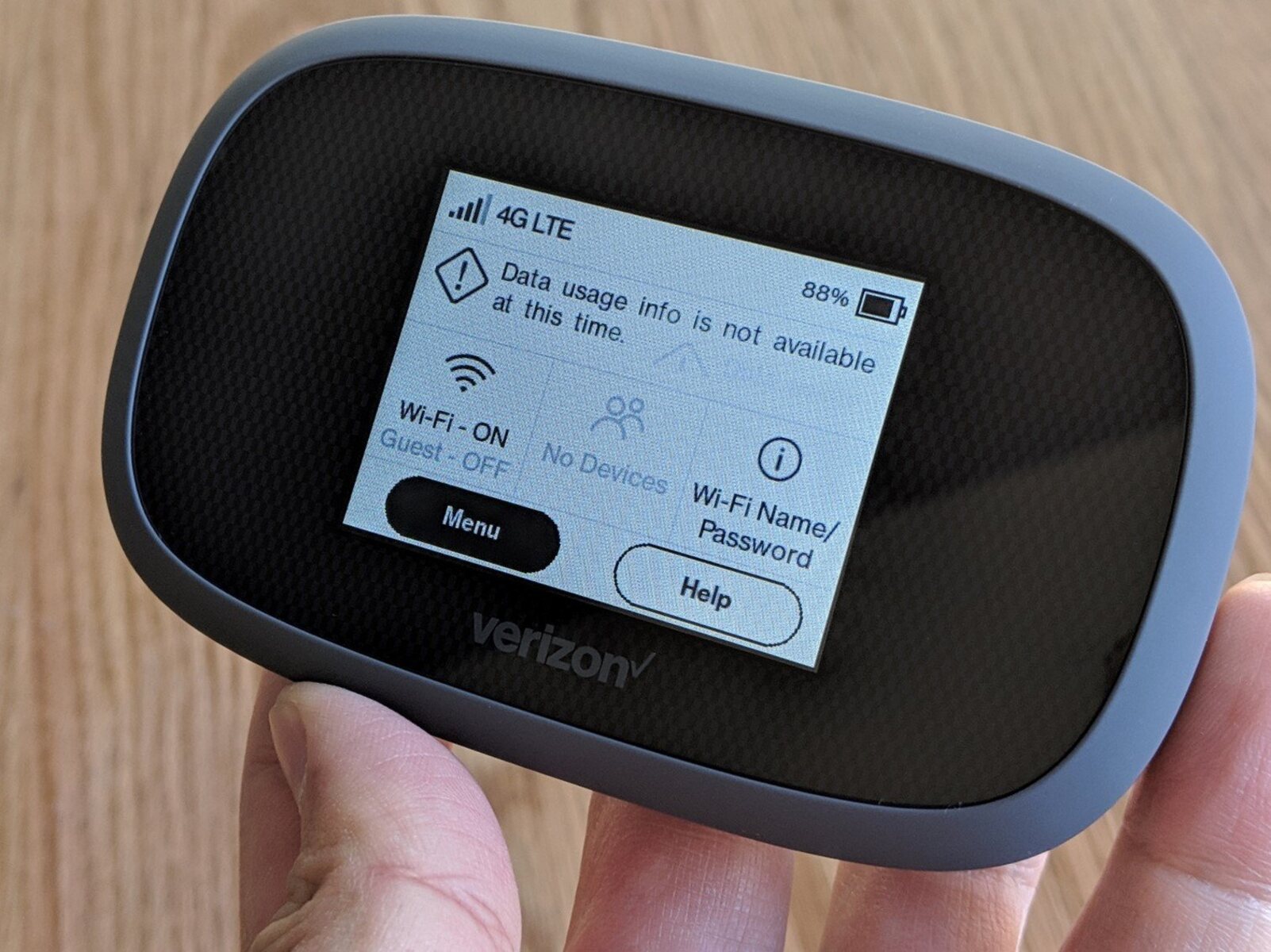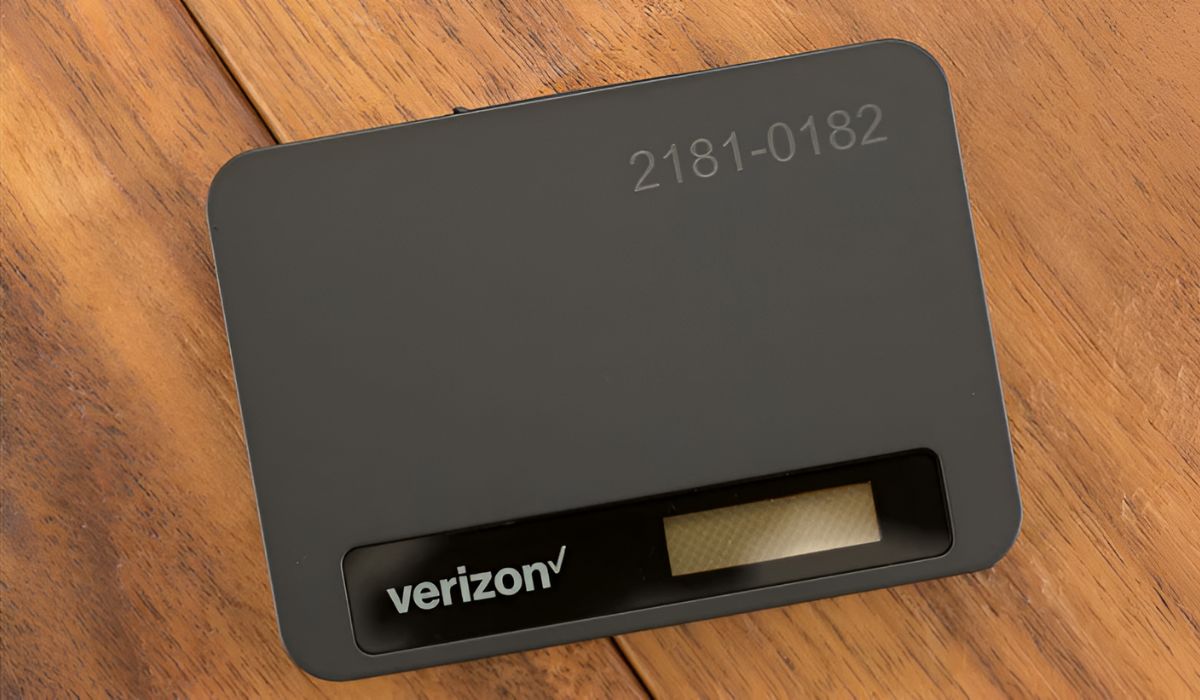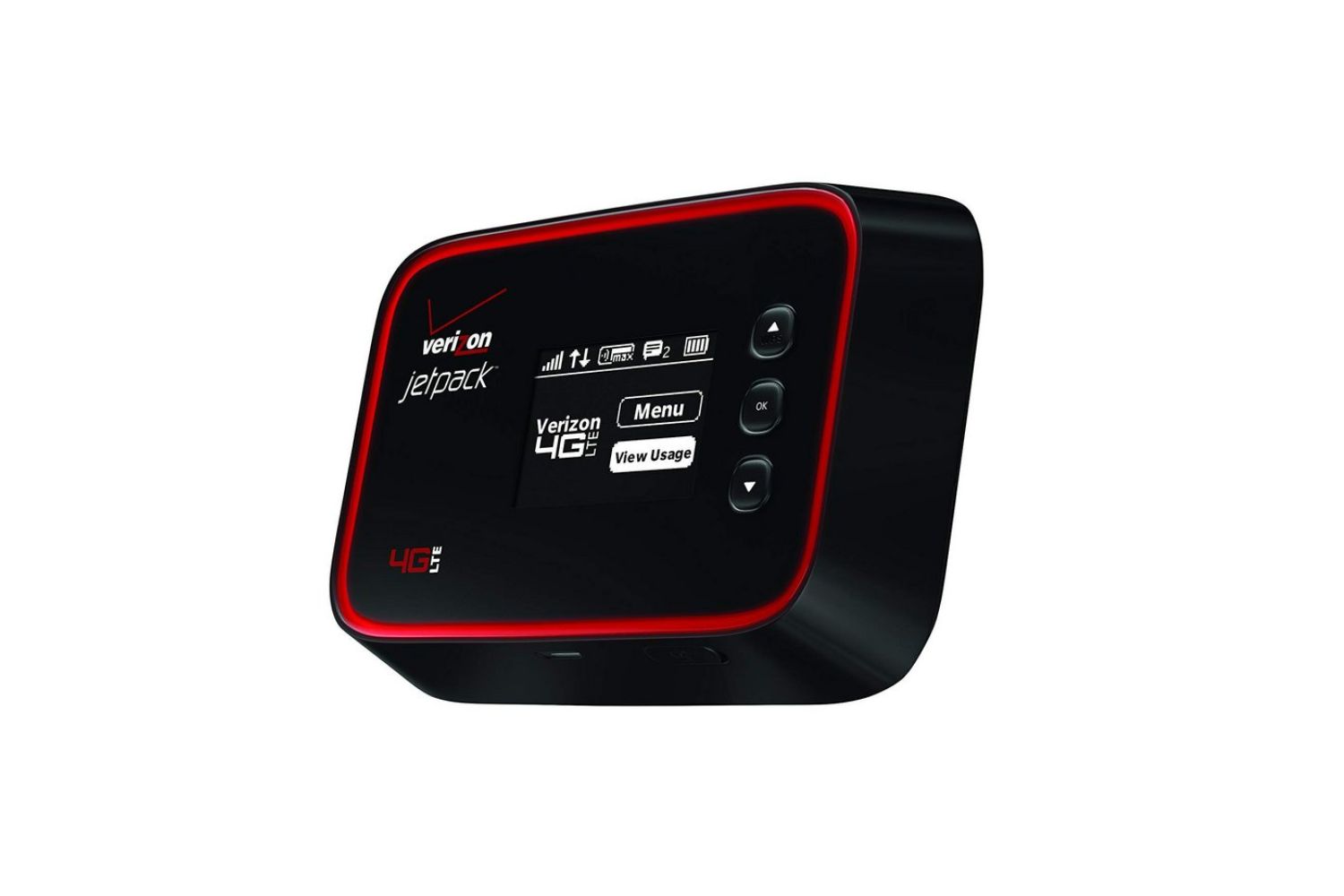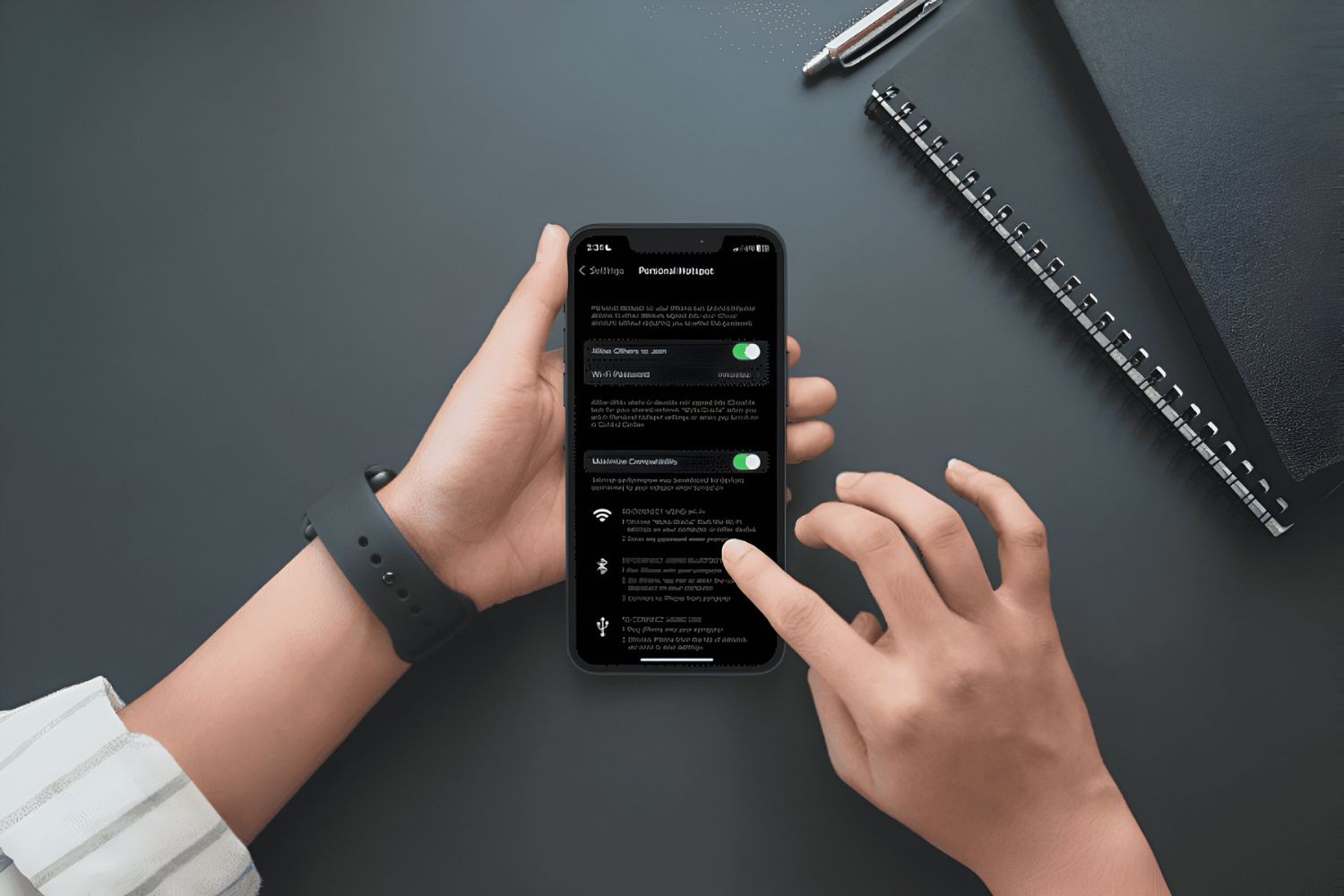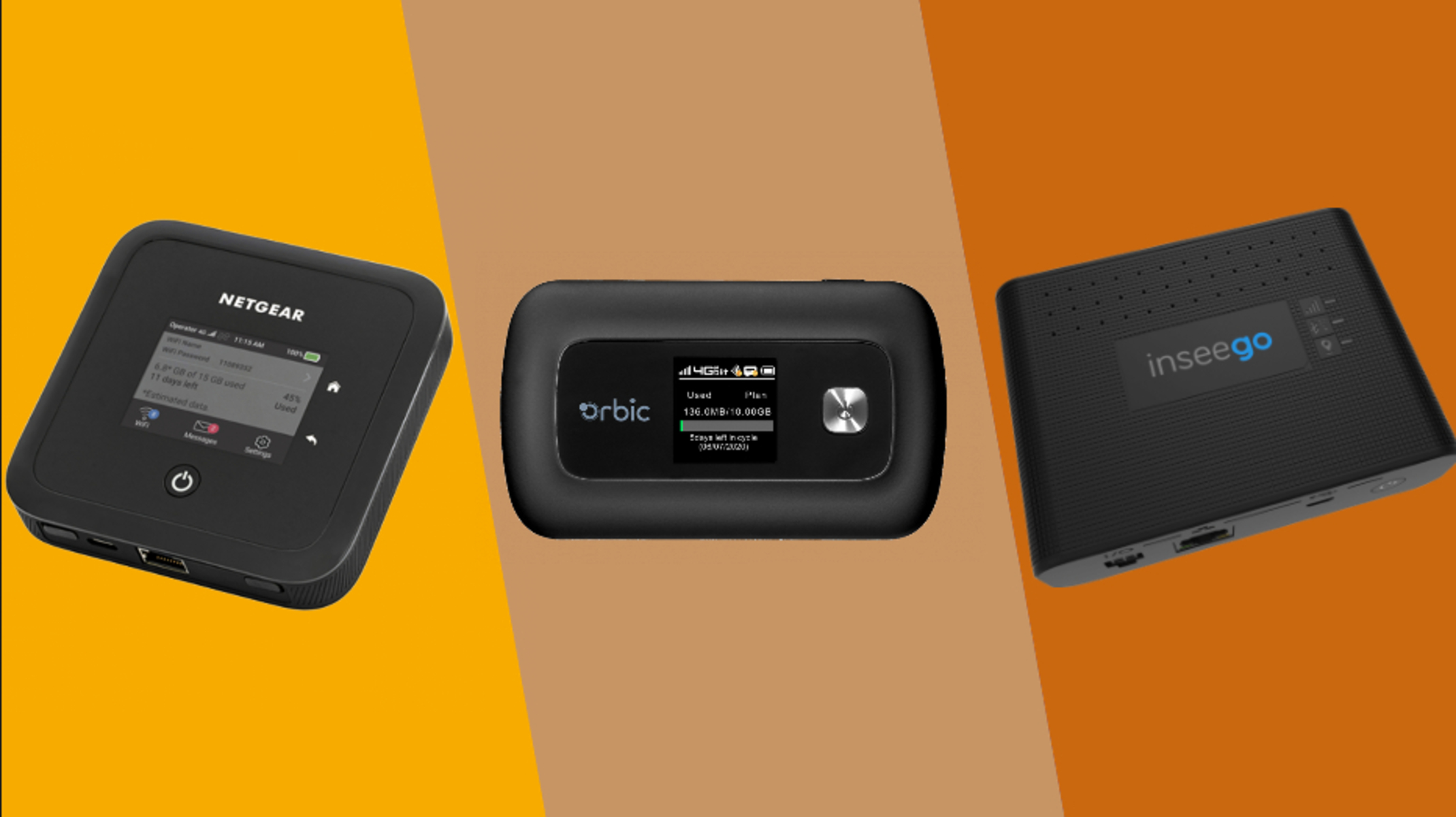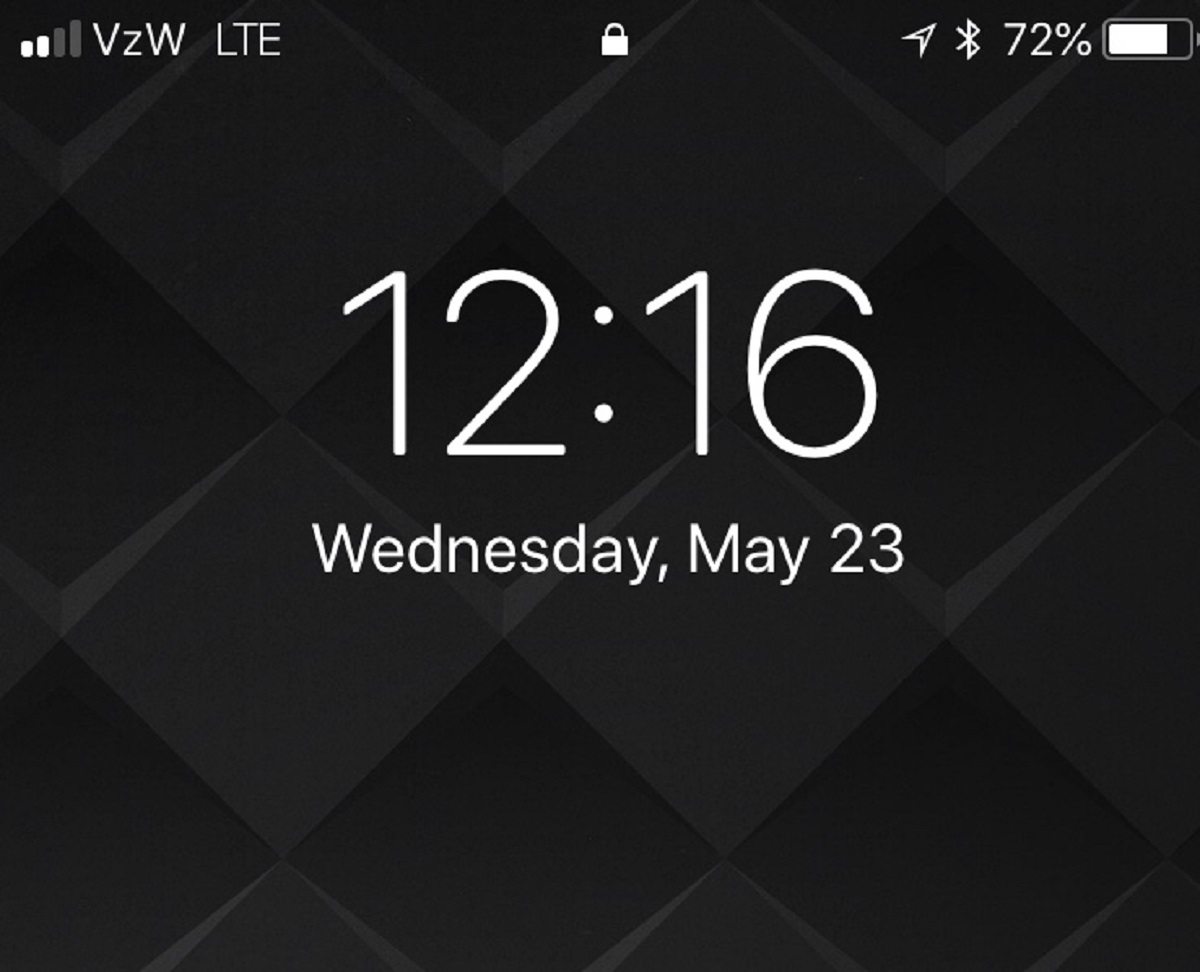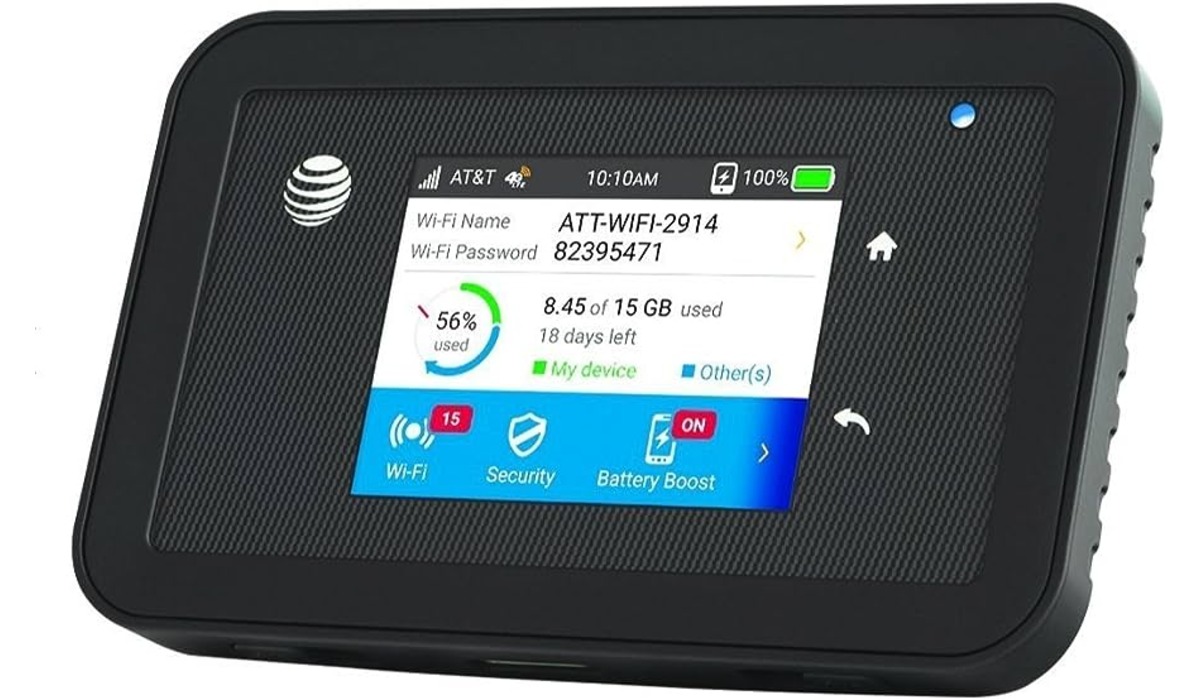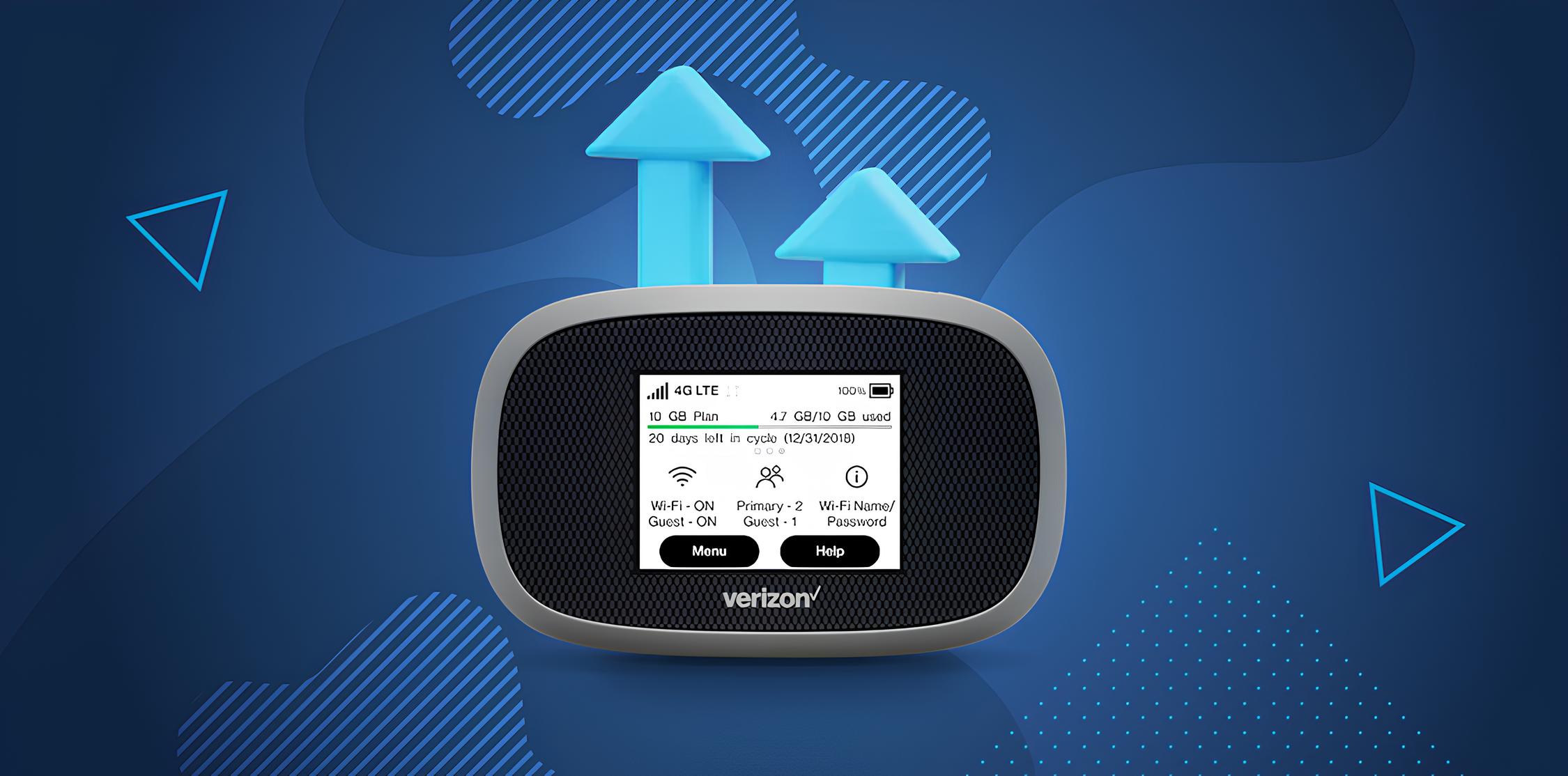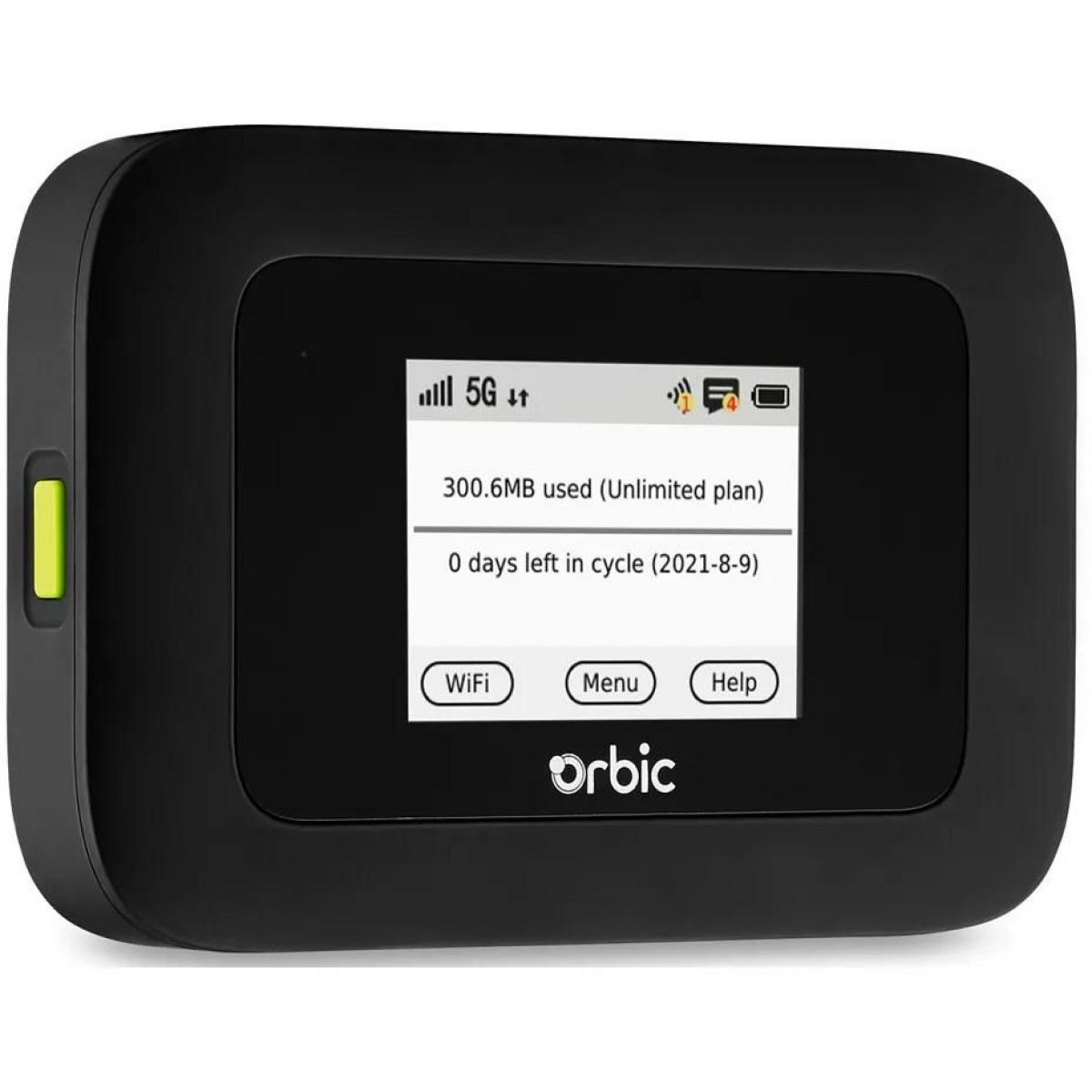Introduction
Slow internet speeds can be frustrating, especially when you rely on your Verizon hotspot for a fast and reliable connection. Whether you use your hotspot for work, streaming, or staying connected while on the go, dealing with sluggish performance can hinder your productivity and overall experience. Fortunately, there are several troubleshooting steps you can take to address this issue and get your Verizon hotspot back up to speed.
In this comprehensive guide, we will explore various expert tips and techniques to troubleshoot a slow Verizon hotspot. From checking your signal strength to contacting Verizon support, we will cover everything you need to know to identify and resolve the factors contributing to your hotspot's sluggish performance. By following these pro tips, you can regain the fast and reliable internet connection you rely on for your daily activities.
So, if you've been experiencing frustratingly slow speeds on your Verizon hotspot, fear not. With the right approach and a bit of troubleshooting, you can overcome these challenges and enjoy the seamless connectivity you expect from your Verizon hotspot. Let's dive into the troubleshooting process and get your hotspot back to delivering the high-speed performance you need.
Check Your Signal Strength
The first step in troubleshooting a slow Verizon hotspot is to assess the signal strength in your current location. Signal strength plays a crucial role in determining the speed and reliability of your internet connection. A weak signal can result in slow data transfer rates and intermittent connectivity issues. To check your signal strength, follow these expert tips:
-
Location Evaluation: Start by evaluating your current location. If you are indoors, consider moving closer to a window or stepping outside to see if the signal strength improves. Physical obstructions such as walls and buildings can weaken the signal, so finding a location with better line-of-sight to the nearest cell tower can significantly enhance your signal strength.
-
Signal Bars: On your device, look for the signal bars indicator, typically located in the status bar at the top of the screen. The number of bars displayed represents your signal strength, with more bars indicating a stronger signal. If you have fewer than three bars, your signal may be weak, potentially impacting your hotspot's performance.
-
Verizon Coverage Map: Utilize Verizon's coverage map to determine the expected signal strength in your area. By entering your location, you can access detailed information about the network coverage, including the strength of the signal and potential obstructions that may affect connectivity.
-
Signal Booster: Consider using a signal booster to amplify the cellular signal in your location. Signal boosters are designed to capture weak signals from outside the building, amplify them, and then broadcast the strengthened signal within the interior space. This can be particularly beneficial in areas with poor reception.
-
Alternative Locations: If you consistently experience poor signal strength in a specific location, consider exploring alternative locations where the signal is stronger. Moving to a different area, even within the same building, can sometimes yield significant improvements in signal reception.
By checking your signal strength using these methods, you can gain valuable insights into the factors influencing your Verizon hotspot's performance. Identifying areas with strong signal reception and understanding the impact of signal strength on your connectivity will enable you to take targeted steps to address slow internet speeds and enhance your overall hotspot experience.
Check for Network Congestion
Network congestion can significantly impact the performance of your Verizon hotspot, leading to slow internet speeds and delays in data transmission. When multiple users in the same area are simultaneously accessing the network, the increased demand can strain the available bandwidth, resulting in congestion. Identifying and addressing network congestion is crucial in troubleshooting slow hotspot speeds. Here's how you can effectively check for network congestion and mitigate its effects:
1. Peak Usage Times:
During peak hours, such as evenings or weekends, network congestion is more likely to occur as a larger number of users access the network simultaneously. If you notice a significant decrease in hotspot performance during these times, it could be indicative of network congestion. Keep track of when you experience slow speeds to determine if they coincide with peak usage periods.
2. Speed Tests:
Conducting speed tests at different times of the day can provide valuable insights into network congestion. Use reputable speed test websites or apps to measure your hotspot's download and upload speeds. By comparing the results obtained during peak and off-peak hours, you can ascertain whether network congestion is a contributing factor to the slow performance.
3. Network Status Updates:
Stay informed about network status updates from Verizon. The company often provides information regarding network maintenance, upgrades, or known congestion issues in specific areas. By checking for official announcements or updates, you can gain visibility into any ongoing network congestion issues that may be affecting your hotspot's performance.
4. Alternative Network Options:
Exploring alternative network options, such as connecting to a different Verizon tower or utilizing a different network provider if available, can help alleviate the impact of network congestion. In some cases, switching to a less congested network or tower can lead to improved hotspot performance, especially during peak usage periods.
5. Network Optimization Tools:
Verizon offers network optimization tools and apps that allow users to monitor network congestion and identify less congested areas for improved connectivity. Leveraging these tools can help you make informed decisions about when and where to use your hotspot to minimize the effects of network congestion on your internet speeds.
By checking for network congestion using these methods, you can gain a deeper understanding of how network demand and usage patterns impact your Verizon hotspot's performance. Armed with this knowledge, you can take proactive steps to mitigate the effects of congestion and ensure a smoother and more consistent internet experience with your hotspot.
Update Your Device Software
Ensuring that your device's software is up to date is a crucial step in troubleshooting a slow Verizon hotspot. Software updates often include performance enhancements, bug fixes, and optimizations that can directly impact the functionality and speed of your hotspot. By keeping your device's software current, you can address potential issues that may be contributing to sluggish performance. Here's a detailed look at how to update your device software and the benefits it can bring to your Verizon hotspot:
1. Check for Updates:
Start by checking for available software updates on your device. Depending on the type of device you're using, the process for checking and installing updates may vary. For smartphones, tablets, or dedicated hotspot devices, navigate to the settings menu and look for the "Software Update" or "System Update" option. Follow the on-screen instructions to check for and install any available updates.
2. Performance Enhancements:
Software updates often include performance enhancements that can directly impact the speed and efficiency of your device, including its hotspot functionality. These enhancements may optimize network connectivity, improve data transfer speeds, and address any underlying software-related issues that could be contributing to slow hotspot performance.
3. Bug Fixes and Stability:
Updating your device's software can also address known bugs and stability issues that may be affecting the performance of your Verizon hotspot. By resolving software-related glitches and instabilities, you can create a more reliable and consistent hotspot experience, minimizing the occurrence of slowdowns and connectivity disruptions.
4. Security Patches:
In addition to performance improvements, software updates frequently include essential security patches to protect your device and its network connectivity. By staying up to date with the latest software releases, you can ensure that your device is equipped with the latest security measures, safeguarding it against potential vulnerabilities and threats that could impact its performance.
5. Firmware Updates for Hotspot Devices:
For dedicated hotspot devices, firmware updates play a critical role in maintaining optimal performance. These updates often introduce new features, address hardware compatibility issues, and enhance the overall functionality of the hotspot. Checking for and applying firmware updates can directly contribute to improving the speed and reliability of your Verizon hotspot.
By prioritizing the regular update of your device's software, you can proactively address potential factors contributing to slow hotspot performance. Whether it's unlocking performance optimizations, resolving software-related issues, or bolstering security measures, keeping your device's software up to date is an essential practice for ensuring a seamless and efficient hotspot experience.
Reset Your Hotspot
Resetting your hotspot can serve as a powerful troubleshooting technique to address slow performance and connectivity issues. By initiating a reset, you can effectively clear potential software glitches, refresh network connections, and restore your hotspot to a stable and optimized state. Here's a comprehensive look at the various methods and benefits associated with resetting your Verizon hotspot:
1. Soft Reset vs. Hard Reset:
When it comes to resetting your Verizon hotspot, you have two primary options: a soft reset and a hard reset. A soft reset involves powering off the device, waiting for a brief period, and then turning it back on. This process allows the hotspot to perform a controlled shutdown and restart, potentially resolving temporary software or connectivity issues. On the other hand, a hard reset involves restoring the device to its factory settings, erasing all personalized configurations and data. While a hard reset is a more drastic measure, it can be effective in addressing persistent performance issues that have not been resolved through other troubleshooting methods.
2. Clearing Cache and Temporary Data:
Performing a reset on your hotspot can help clear accumulated cache and temporary data that may be impacting its performance. Over time, the storage of temporary files and data fragments can lead to inefficiencies and slowdowns. A reset allows the device to purge this unnecessary data, creating a cleaner and more responsive operating environment.
3. Network Reconnection:
Resetting your hotspot prompts it to establish fresh network connections, potentially resolving connectivity issues or disruptions that may be contributing to slow speeds. By reinitiating the network connection process, a reset can address underlying network-related issues and establish a more stable and robust connection to the Verizon network.
4. Software Stability:
In cases where the hotspot's software has encountered errors or instabilities, a reset can help restore software stability. By clearing potential software conflicts or errors, a reset enables the device to start afresh, potentially resolving underlying software-related issues that impact its performance.
5. Restoring Optimal Performance:
Ultimately, the primary benefit of resetting your Verizon hotspot is the potential to restore its optimal performance. By addressing software glitches, network connectivity issues, and accumulated data fragments, a reset can rejuvenate the device, leading to improved speed, reliability, and overall performance.
Incorporating a regular reset as part of your troubleshooting routine can be an effective strategy for maintaining the performance and reliability of your Verizon hotspot. Whether it's addressing temporary software issues, refreshing network connections, or restoring optimal performance, the act of resetting your hotspot can serve as a valuable tool in overcoming slow speeds and connectivity challenges.
Contact Verizon Support
If you've exhausted all troubleshooting options and are still experiencing slow speeds or connectivity issues with your Verizon hotspot, reaching out to Verizon support can provide valuable assistance in resolving the underlying issues. Verizon offers various channels through which you can seek support and technical guidance to address your hotspot-related concerns.
1. Customer Service Hotline:
Contacting Verizon's customer service hotline is an effective way to connect with a support representative who can assist you with troubleshooting your hotspot. By dialing the designated customer service number, you can engage in a direct conversation with a knowledgeable representative who can provide personalized guidance and solutions tailored to your specific concerns. Be prepared to provide details about your hotspot, the issues you're experiencing, and the troubleshooting steps you've already taken to facilitate a more efficient support experience.
2. Online Support Resources:
Verizon's official website offers a wealth of online support resources, including troubleshooting guides, FAQs, and community forums where users can seek assistance and advice from fellow Verizon customers and technical experts. Utilizing these resources can help you access comprehensive troubleshooting information, step-by-step guides, and potential solutions to common hotspot issues. Additionally, you may find user-generated tips and insights that could prove invaluable in addressing your specific concerns.
3. Live Chat Support:
Engaging in live chat support through Verizon's website or dedicated support platforms allows you to interact with a support agent in real time. This convenient and efficient communication channel enables you to articulate your concerns, ask questions, and receive immediate assistance without the need for a phone call. Live chat support can be particularly beneficial for addressing technical queries and troubleshooting issues related to your Verizon hotspot, providing a seamless and responsive support experience.
4. In-Person Support:
Verizon's retail locations and authorized reseller stores offer in-person support services, where you can speak directly with knowledgeable staff who can provide hands-on assistance with your hotspot-related concerns. Whether it's troubleshooting hardware issues, verifying account settings, or exploring potential device upgrades, the in-person support option allows you to receive personalized assistance and guidance from trained professionals.
5. Social Media Channels:
Verizon maintains an active presence on various social media platforms, where users can engage with the company's support teams and seek assistance with their hotspot-related issues. Direct messaging or engaging with Verizon's official social media accounts can be an effective way to communicate your concerns and receive support in a timely manner. Social media channels often provide a direct line of communication to dedicated support teams, enhancing the accessibility of technical assistance.
By leveraging these support channels, you can access the expertise and guidance of Verizon's support teams to address slow hotspot speeds, connectivity issues, and other technical concerns. Whether it's engaging in direct conversations with support representatives, accessing online resources, or seeking in-person assistance, Verizon's comprehensive support infrastructure is designed to empower users in overcoming technical challenges and optimizing their hotspot experience.







